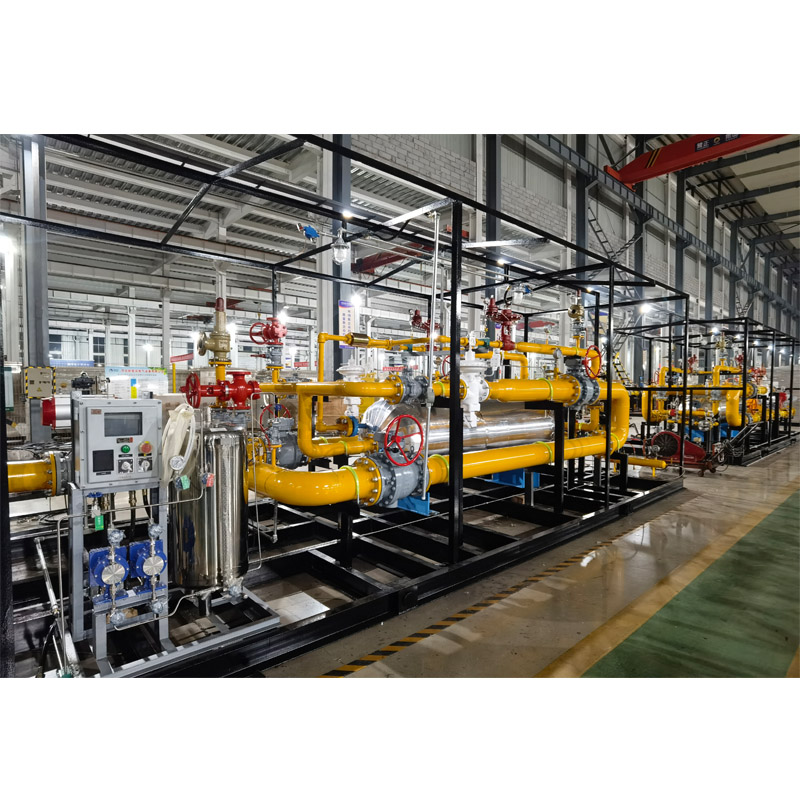
Dec . 04, 2024 09:53
Back to list
relief valve
Understanding Relief Valves Essential Components for Pressure Management
Relief valves are critical safety components in various industries, including manufacturing, oil and gas, water treatment, and more. These devices are designed to prevent overpressure situations within a system, ensuring both safety and efficiency. By understanding how relief valves function, their types, and their applications, one can appreciate their importance in maintaining operational integrity.
What is a Relief Valve?
A relief valve is a type of safety valve that automatically releases pressure from a system when it exceeds a predetermined limit. This prevents damage to equipment, minimizes the risk of accidents, and protects personnel. Relief valves can be found in many forms, including spring-loaded, pilot-operated, and deadweight types, each suited for different applications and pressure levels.
The primary mechanism of a relief valve involves sensing pressure levels and actuating a release when those levels become excessive. This is facilitated by either mechanical components like springs or pneumatic systems, which ensure that the valve opens at a specific pressure and closes once the pressure drops back to safe levels.
Types of Relief Valves
1. Spring-Loaded Relief Valves These are the most common type. They use a spring that is preloaded to a certain pressure. When the system pressure exceeds this setting, the valve opens, allowing fluid to escape, thereby reducing pressure within the system. These valves are preferred for their simplicity and reliability.
2. Pilot-Operated Relief Valves These valves are used in high-pressure systems and have a separate pilot valve that controls the opening and closing of the main valve. Pilot-operated valves are typically more efficient and can handle larger flow rates compared to spring-loaded valves.
3. Deadweight Relief Valves Utilizing weights to keep the valve closed, these are primarily used in settings where precise pressure control is needed. The weight can be adjusted to set a specific pressure threshold, making them useful in research settings and laboratories.
Applications of Relief Valves
relief valve

Relief valves are employed in various industries to ensure safety and compliance with regulations
- Chemical Processing In chemical plants, the handling of volatile substances requires robust safety measures. Relief valves help manage pressure in reactors and storage tanks, preventing possible explosions or leaks.
- Oil and Gas In the oil and gas sector, pressure relief valves are crucial for pipeline safety. They mitigate risks associated with fluctuating pressures inherent in extraction, refining, and transportation processes.
- Water Treatment Facilities Relief valves maintain appropriate pressure levels in water treatment systems, ensuring the safe operation of pumps and preventing system failures.
- HVAC Systems In heating, ventilation, and air conditioning systems, relief valves are used to prevent overpressure in refrigerant lines, protecting components and ensuring efficient operation.
Importance of Regular Maintenance
Although relief valves are typically reliable, regular inspection and maintenance are vital to ensure their functionality. Factors such as corrosion, debris accumulation, and mechanical wear can impair valve performance. Scheduled testing helps to identify any issues before they lead to catastrophic failures.
Moreover, compliance with industry regulations and standards mandates the use of relief valves, including adherence to guidelines established by organizations such as the American Society of Mechanical Engineers (ASME). Proper documentation and procedures regarding the installation, maintenance, and testing of relief valves are essential for operational safety.
Conclusion
Relief valves serve an indispensable role in maintaining pressure control across various industries. By automatically relieving excess pressure, these devices protect equipment, enhance safety, and ensure operational efficiency. Understanding their types, applications, and the necessity for regular maintenance is crucial for anyone involved in operations involving pressure systems. As technology advances, the design and functionality of relief valves continue to evolve, further enhancing their effectiveness in safeguarding industrial processes.
Next:
Latest news
-
Safety Valve Spring-Loaded Design Overpressure ProtectionNewsJul.25,2025
-
Precision Voltage Regulator AC5 Accuracy Grade PerformanceNewsJul.25,2025
-
Natural Gas Pressure Regulating Skid Industrial Pipeline ApplicationsNewsJul.25,2025
-
Natural Gas Filter Stainless Steel Mesh Element DesignNewsJul.25,2025
-
Gas Pressure Regulator Valve Direct-Acting Spring-Loaded DesignNewsJul.25,2025
-
Decompression Equipment Multi-Stage Heat Exchange System DesignNewsJul.25,2025

